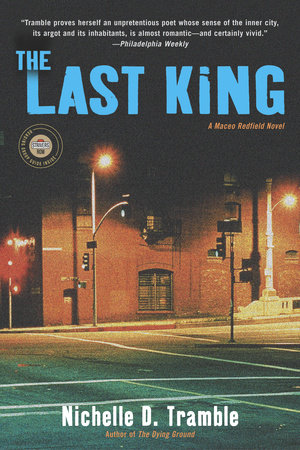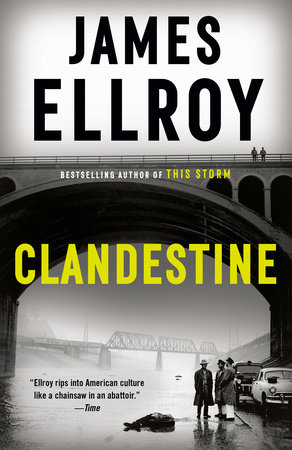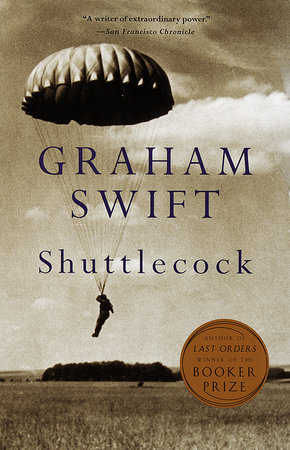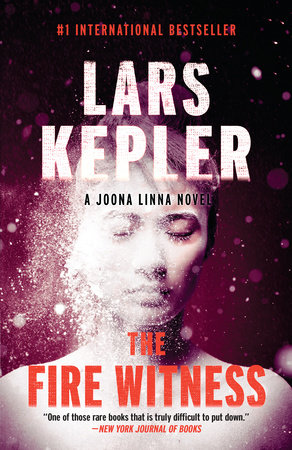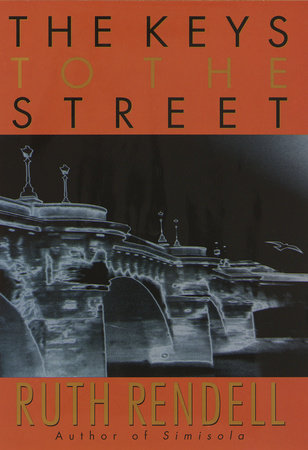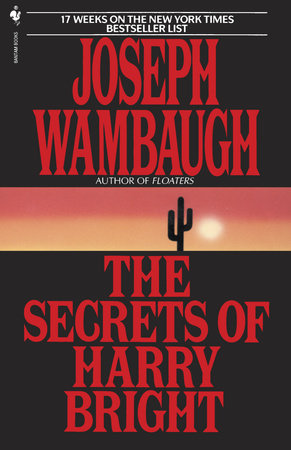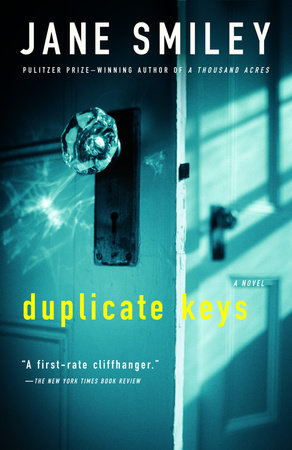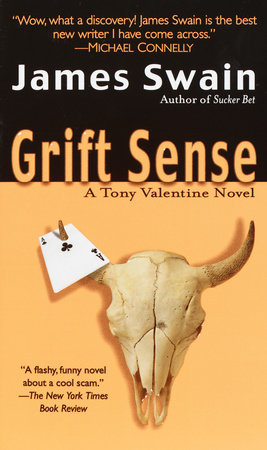A Talk with Nichelle D. Tramble
In your novels, a sense of place is very important. The city of Oakland almost becomes another character. Why did you choose this city?
Oakland, because of its size and demographics, lent itself perfectly to a hardboiled coming-of-age that takes places in the late 80s/early 90s when the urban landscape changed so dramatically because of the influx of drugs, specifically crack cocaine. I was intrigued by the way that money, crime, and all the satellite businesses of the drug trade destroyed entire families, communities, and as a result sucked the life out of quite a few American cities. Oakland was a place that I knew well, so I made the easy decision and chose it as a location. The fun of that decision is the fact that Oakland itself is a physically beautiful place (the redwoods, the hills, Lake Merritt, the San Francisco Bay, the architecture), yet the characters are so trapped in their own darkness and pain that they cannot see beyond their own problems. As a result, they take Oakland and all it has to offer for granted, and transfer the most negative parts of themselves onto the city.
Do you believe that Oakland is a city that you can’t escape from?
No, I don’t believe that at all, but I think these characters believe it with all of their heart. For a certain type of personality, hometowns in general–whether they’re Honolulu, New Orleans, or Anchorage–can function as a trap if you’re not at peace with your place in the larger world. Which, of course, is the one of the many problems that plague my main character, Maceo Redfield, and some, but not all, of his friends.
Many of the younger characters in THE LAST KING who have lifted themselves out of poverty have done so either through dealing drugs or defying the odds to become professional athletes. What does this say about life in the inner cities?
Because of the iconic imagery of African American men in sports and music, those two avenues may appear to be the only outlets for a certain type of young man. It’s a well worn path, and not to take away from individual accomplishments, it might seem the easier path.
Cotton is an NBA star whose career is in jeopardy after an unknown woman’s body is discovered in his hotel room. This plot point is extremely timely given today’s headlines. How were you able to be so prescient?
I started researching and writing THE LAST KING in 1999, after I completed THE DYING GROUND. This was years before the current situation involving Kobe Bryant, but, unfortunately, crimes against women that involve athletes–whether they be high school, college or professional–are abundant and I didn’t want for research material. What initially sparked this particular story thread, however, was the division in opinion regarding the Mike Tyson-Desiree Washington case. The men and women I talked to had such strong yet opposing opinions about the subject, that I admit to being a little shocked by them. And when I broke it down a little further, opinions also differed along class lines, and the generational divide made for the strangest bedfellows. Those arguments stayed with me for years, and remained at the core of THE LAST KING.
There are many interesting female characters in THE LAST KING–from the tragic figure of Cissy to the high-price call girl Sonny to Cotton’s wife, Allaina. How did the conventions of the noir genre play into your portrayal of these women?
I love the classic noir femme fatales, from both literature and film, and I tried to infuse Sonny with a little bit of that spirit. From a writing standpoint there’s just no beating a female character who is crafty, tragic and flawed but determined to live life on her own terms.
In THE LAST KING you write, “A Black boy without a father. You know that story, right? You’ve heard it. It’s a story so old it doesn’t even break your heart anymore.” How does this theme manifest itself in the lives of Maceo, Cotton, and Holly?
Maceo is the character who utters those lines, but because all three men are defeatist at heart, I think that each of them believes the words. As fatherless boys, they work to fulfill this dark prophecy in their own individual ways. Even if they’ve never articulated the thought to one another, it’s the link that holds them together.
The world of THE LAST KING is a world of absolutes–absolute love, absolute hate, absolute loyalty and absolute betrayal. Is this a reflection of life in Oakland in the early 1990s or is this a convention of the noir novel?
Definitely a tenet of noir. Noir, for the most part, is filled with stock characters (i.e., the double-crossing femme fatale, the angst-ridden hero, etc.) that writers then color in with specifics which make one brooding hero different from the next. Noir, to me, is also a world of heightened emotion, impossible stakes, and individual worlds to lose. In THE DYING GROUND, each character was called on to sacrifice the one thing that is most dear to them. In THE LAST KING, the characters are forced to open their eyes to the most painful things in their lives.
What’s next for Maceo Redfield?
When we leave Maceo at the end of THE LAST KING, it’s 1992 and he’s 25 years old. When we see him again, in book three, he’ll be just short of his 30th birthday, a little more sure of his place in the world, but plagued, as always, by demons both old and new.
And what’s next for Nichelle Tramble?
A third book featuring Maceo Redfield, and BIG GAME HUNTING, a mystery set in Los Angeles, with a female protagonist who is the polar opposite of Maceo.
